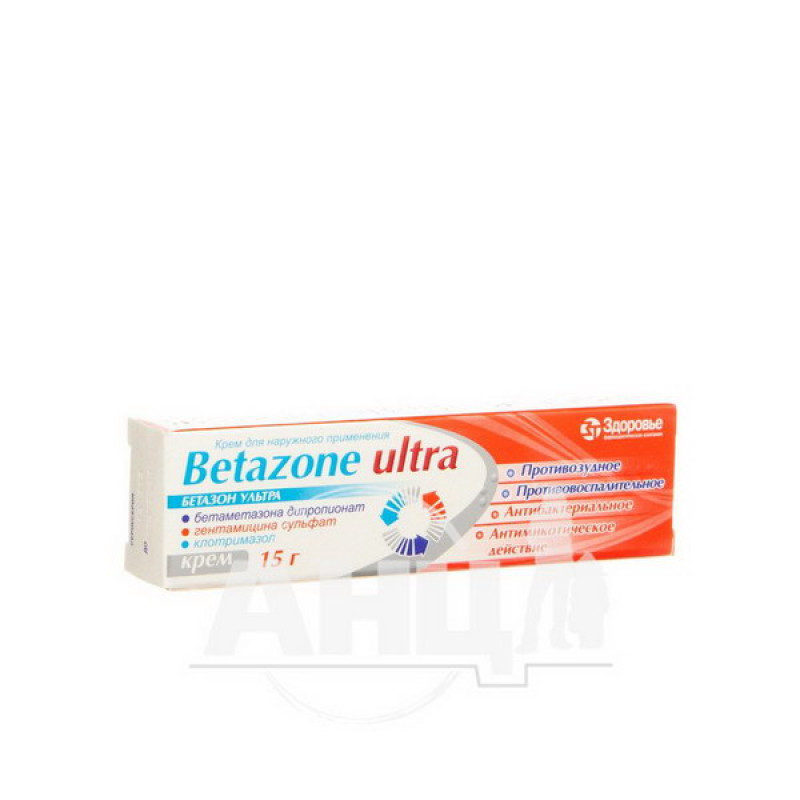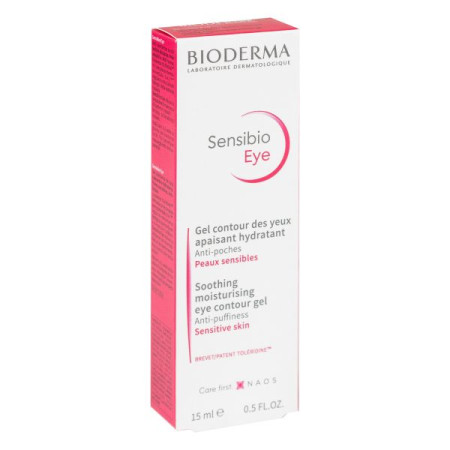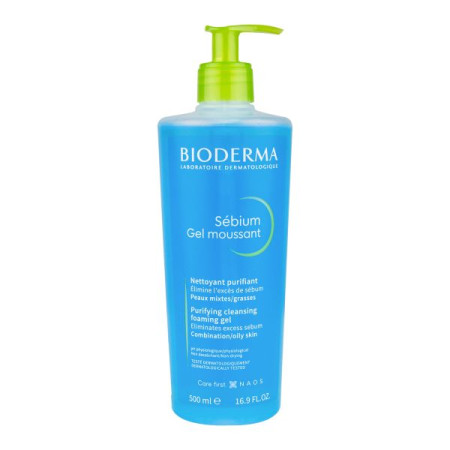Betazon Ultra cream tube 15 g

composition:
active ingredients: betamethasone, clotrimazole, gentamycin; 1 g of the drug contains micronized betamethasone dipropionate equivalent to betamethasone 0.5 mg, clotrimazole 10 mg, gentamicin sulfate equivalent to gentamicin 1 mg;
excipients: cetostearyl alcohol, polyethylene glycol stearate, white soft paraffin, mineral oil, propylene glycol, anhydrous sodium dihydrogen phosphate, concentrated phosphoric acid, sodium hydroxide, benzyl alcohol, purified water.
Dosage form: Cream for external use.
Pharmacotherapeutic group.
Corticosteroids for use in dermatology. Corticosteroids in combination with antibiotics. Betamethasone and antibiotics. ATC code D07C C01.
Clinical characteristics.
Indication.
Dermatoses that are amenable to treatment with glucocorticosteroids, with suspected complications or complicated by a secondary infection caused by microorganisms sensitive to the components of the drug.
Clotrimazole is effective in the treatment of athlete's foot, inguinal epidermophytosis and trichophytosis of smooth skin caused by Trichophyton rubrum, Trichophyton mentagrophytes, Epidermophyton floccosum, Microsporum canis, candidiasis caused by Candida albicans, and tinea versicolor caused by Malassezia furtur (Pityrosporum obiculare).
Contraindication.
The drug is contraindicated in patients with hypersensitivity to the active substances or to any other component of the drug. It is also contraindicated in skin tuberculosis, skin manifestations of syphilis, skin reactions after vaccination, widespread plaque psoriasis, varicose veins, perioral dermatitis, rosacea, chickenpox, other bacterial and fungal skin infections without proper antibacterial and antifungal therapy.
Method of administration and doses.
Betasone ultra is applied in a thin layer to the entire affected surface and adjacent skin 2 times a day, morning and evening. To obtain the effect, the drug should be used regularly. The duration of treatment depends on the size, localization of the lesion and the patient's response to treatment. Sometimes, if clinical improvement is not observed within 3-4 weeks, the diagnosis must be reviewed.
Adverse reactions.
Adverse reactions to treatment with Betasone Ultra are rare and include pigmentation disorders, hypochromia, burning sensation, erythema, exudation and itching.
Of nearly 1000 patients treated with topical clotrimazole for the treatment of dermatomycoses, 95% had good local tolerance. Reported side effects include burning sensation, blistering, peeling, swelling, itching, urticaria, and general skin irritation.
Treatment with gentamicin may cause temporary irritation (erythema and itching), which usually do not require discontinuation of treatment.
Topical use of betamethasone (especially under occlusive dressings) may cause the following adverse reactions: burning sensation, itching, skin irritation, dry skin, folliculitis, hypertrichosis, acneiform eruptions, hypopigmentation, perioral dermatitis, allergic contact dermatitis, skin maceration, development of secondary resistant flora, skin atrophy, striae, and perspiration.
Overdose.
With prolonged or excessive use of local glucocorticosteroids, suppression of pituitary-adrenal function with the development of secondary adrenal insufficiency and the appearance of symptoms of hypercorticism, including Cushing's disease, is possible. The use of clotrimazole under an occlusive dressing for 6 hours did not lead to the development of symptoms of overdose. A single overdose of gentamicin did not lead to the appearance of symptoms of overdose. Excessive or prolonged use of gentamicin may lead to excessive growth of microorganisms insensitive to the antibiotic.
Treatment. Appropriate symptomatic therapy is prescribed. Symptoms of acute hypercorticism are usually reversible. If necessary, electrolyte balance is corrected. In case of chronic toxic effects, gradual withdrawal of corticosteroids is recommended. In case of excessive growth of resistant microorganisms, it is recommended to discontinue treatment with Betasone Ultra and prescribe the necessary therapy.
Use during pregnancy or breastfeeding.
Because the safety of topical corticosteroids in pregnancy has not been established, these drugs should only be used if the expected benefit to the mother clearly outweighs the potential risk to the fetus. These drugs should not be used in high doses or for long periods of time during pregnancy.
It is not known whether topical corticosteroids can be excreted in breast milk as a result of systemic absorption, therefore, a decision should be made whether to discontinue nursing or to discontinue the drug, taking into account the importance of the drug to the mother.
Application features.
Betasone ultra is not intended for use in ophthalmology.
If skin irritation or hypersensitivity develops during treatment with the cream, the drug should be discontinued and the patient should be given appropriate therapy. Any adverse reactions that occur with systemic corticosteroids, including adrenal suppression, may also occur with topical glucocorticosteroids.
Cross-allergic reactions with aminoglycosides have been observed.
Systemic absorption of glucocorticosteroids or gentamicin when applied topically will be higher if treatment is carried out on large body surfaces or when occlusive dressings are used, especially for a long time or in the presence of damaged skin areas.
It is necessary to avoid applying gentamicin to open wounds or damaged skin areas. Otherwise, side effects may occur after systemic use of gentamicin.
Appropriate precautions should be taken in such cases.
Long-term topical use of antibiotics can sometimes lead to the growth of resistant microflora. In this case, as well as in the event of irritation, sensitization or superinfection during treatment with Betasone Ultra, therapy should be discontinued and appropriate therapy should be prescribed.
The ability to influence the reaction speed when driving vehicles or other mechanisms.
Usually the drug does not affect the reaction speed when driving or working with other mechanisms.
Interaction with other medicinal products and other types of interactions: Interaction is unknown.
Pharmacological properties.
Pharmacodynamics. Betasone Ultra combines the anti-inflammatory, antipruritic and suction-promoting effects of betamethasone dipropionate with the broad antifungal activity of clotrimazole and the broad spectrum antibacterial activity of gentamicin sulfate. Clotrimazole has an antifungal effect on the cell membrane of fungi, leading to the leakage of cellular contents.
It is effective against Trichophyton rubrum, Trichophyton mentagrophytes, Epidermophyton floccosum, Microsporum canis, candidiasis caused by Candida albicans, and Malassezia furtur (Pityrosporum obiculare).
Gentamicin provides highly effective topical treatment of primary and secondary bacterial skin infections.
Gentamicin is active against Staphylococcus aureus (coagulase-positive, coagulase-negative and some strains that produce penicillinase) and gram-negative bacteria: Pseudomonas aeruginosa, Aerobacter aerogenes, Escherichia coli, Proteus vulgaris and Klebsiella pneumoniae.
Pharmacokinetics: There are no data on the pharmacokinetics of the drug.
Pharmaceutical characteristics.
Main physicochemical properties: white or almost white cream, homogeneous consistency.
Shelf life: 2 years.
Storage conditions: Store in original packaging at a temperature not exceeding 25 °C.
Keep out of reach of children.
Packaging. Cream for external use, 15 g or 30 g in tubes in a box.
Release category: By prescription.
There are no reviews for this product.
There are no reviews for this product, be the first to leave your review.
No questions about this product, be the first and ask your question.










